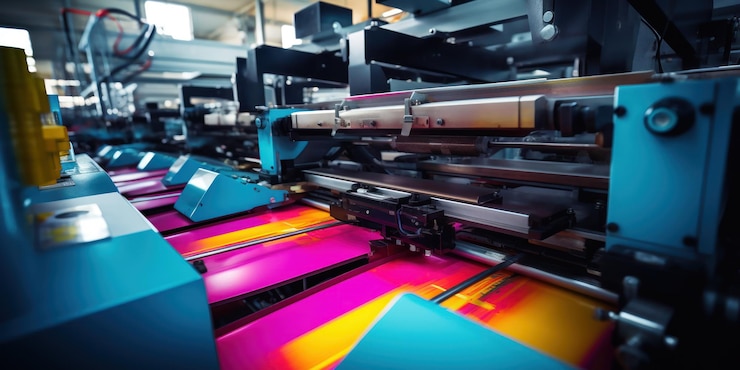The world of printing has undergone significant transformations over the years, and one of the most fascinating advancements is quantum dot printing. This technology is not only reshaping the way we perceive colors but also how we apply them in printing. By harnessing the power of quantum dots, this innovative printing technique is setting new standards in color accuracy and efficiency.

Understanding Quantum Dot Technology
At its core, quantum dot technology involves the use of nanometer-sized semiconductor particles that possess unique optical properties. These particles can emit specific wavelengths of light depending on their size, which allows for a broader spectrum of colors than traditional printing methods. The precision offered by quantum dots is unmatched, providing vivid and accurate color reproduction.
How Quantum Dot Printing Works
The process of quantum dot printing begins with the synthesis of quantum dots, followed by their integration into ink formulations. These inks are then applied to a substrate using advanced printing techniques. The result is a printed material that exhibits vibrant colors with exceptional clarity.
Importance of Nanotechnology in Printing
Nanotechnology plays a crucial role in the development of quantum dot printing. By manipulating materials at the nanoscale, scientists and engineers can create inks that interact with light in unique ways, offering new possibilities for the printing industry.
Advantages of Quantum Dot Printing
One of the most significant benefits of quantum dot printing is its ability to produce a wider color gamut. This means more vibrant and true-to-life colors, which is particularly advantageous in industries such as advertising, packaging, and digital displays. Moreover, quantum dot inks are more energy-efficient and environmentally friendly compared to traditional inks.
Applications in Various Industries
The applications of quantum dot printing are diverse and continuously expanding. From consumer electronics to medical imaging, the precise color control offered by quantum dots is invaluable. In the realm of print media, it opens up new avenues for creative expression and innovation.
Challenges and Future Prospects
Despite its many advantages, the adoption of quantum dot printing is not without challenges. The high cost of production and the need for specialized equipment can be barriers to widespread adoption. However, ongoing research and development are expected to address these issues, making this technology more accessible in the future.
For more insights into the future of printing technologies, you might find this research article informative.
Environmental Considerations
In the context of sustainability, quantum dot printing offers several environmental benefits. The use of less toxic materials and greater energy efficiency contribute to a reduced ecological footprint. For those interested in eco-friendly printing processes, exploring zero-waste printing methods can be enlightening.
Conclusion
In conclusion, quantum dot printing represents a significant leap forward in the printing industry. Its ability to deliver superior color quality and efficiency makes it an attractive option for various sectors. As technology continues to evolve, it’s likely that quantum dot printing will play an increasingly important role in our daily lives.

FAQ
What is quantum dot printing?
Quantum dot printing is an advanced printing technique that uses nanometer-sized semiconductor particles to produce a wider range of colors with greater accuracy.
How does quantum dot printing benefit the environment?
Quantum dot printing is more energy-efficient and uses less toxic materials, contributing to a smaller environmental footprint compared to traditional printing methods.
What industries can benefit from quantum dot printing?
Industries such as advertising, packaging, consumer electronics, and medical imaging can benefit from the vibrant and accurate color reproduction offered by quantum dot printing.
This article contains affiliate links. We may earn a commission at no extra cost to you.






